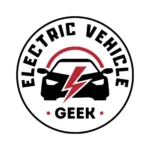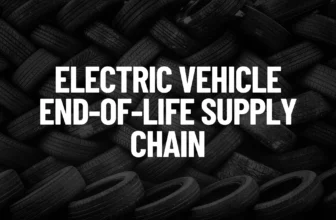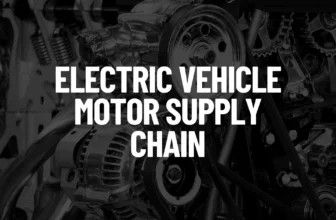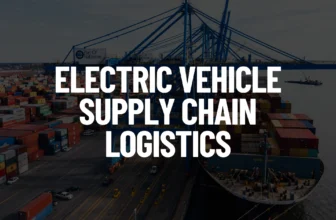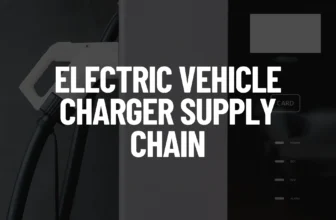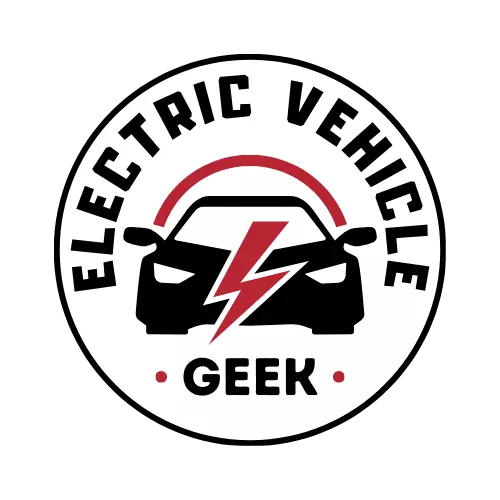The electric vehicle battery supply chain is a complex, multi-stage sub-supply chain in the electric vehicle supply chain that transforms raw materials into electric vehicle batteries that power EVs.
Table of Contents
Sub-Supply Chains in the EV Battery Industry
The electric vehicle (EV) battery supply chain can be further divided into specialized sub-supply chains based on the type of electric vehicle battery being produced.
Lithium-Ion Battery Supply Chain
The lithium-ion supply chain focuses on the production of lithium-ion EV batteries. This sub-supply chain involves the procurement of raw materials like lithium, cobalt, and nickel, battery cell manufacturing, module assembly, and the final integration of batteries into vehicles. It also includes ongoing research and development to enhance battery technology.
Solid-State Battery Supply Chain
The solid-state battery supply chain specializes in the development and production of solid-state batteries, which use a solid electrolyte instead of a liquid one. This sub-supply chain involves sourcing specific materials like solid electrolytes, designing advanced battery cells, and integrating them into vehicles.
Nickel-Metal Hydride (NiMH) Battery Supply Chain
The nickel-metal hydride battery supply chain primarily focuses on nickel-metal hydride battery used in hybrid vehicles, this sub-supply chain involves sourcing rare earth metals like nickel and lanthanum, producing battery cells, and assembling battery packs for hybrid vehicles.
Lithium Iron Phosphate (LFP) Battery Supply Chain
The lithium iron phosphate battery supply chain is dedicated to the production of LFP batteries, known for their safety and longevity. This sub-supply chain involves sourcing lithium, iron, and phosphate, followed by battery cell manufacturing and vehicle integration.
Battery Recycling Supply Chain
The battery recycling supply chain focuses on the collection, sorting, and recycling of used EV batteries. It includes the extraction of valuable materials like lithium, cobalt, and nickel from old batteries and reprocessing them for reuse in new battery production.
Battery Management System (BMS) Supply Chain
The battery management system supply chain concentrates on the design, manufacturing, and integration of Battery Management Systems (BMS) that monitor and manage the health, safety, and efficiency of EV batteries. This sub-supply chain includes sourcing microchips, sensors, and software development.
These sub-supply chains play a critical role in the EV battery industry, each contributing to different aspects of battery technology and the overall electric vehicle supply chain ecosystem.
Electric Vehicle Supply Chain Stages
The electric vehicle battery supply chain consists of four key stages: upstream raw material extraction, midstream cell manufacturing, downstream battery assembly, and end-of-life recycling.
Upstream: Raw Material Extraction
This stage involves extracting and processing raw materials needed for battery production. This includes mining and refining of minerals such as lithium, cobalt, nickel, manganese, and graphite. The raw materials are then processed into chemical compounds.
Midstream: Cell Component and Manufacturing
The midstream stage focuses on cell component manufacturing and cell manufacturing. It includes the production of electrodes, electrolytes, and other components, followed by the assembly of these components into individual battery cells.
Downstream: Module and Pack Assembly
This stage involves module and pack production. Multiple cells are combined into modules, and then multiple modules are assembled into a final battery pack. This stage also consists of integrating battery management systems (BMS).
End of Life: Recycling and Repurposing
The final stage includes the recycling and repurposing of used EV batteries and recovering valuable materials for reuse.
Key Differences Between EV Battery and ICE Supply Chains
The EV battery supply chain is distinct from the traditional internal combustion engine (ICE) supply chain in several ways:
- Raw Materials: EVs rely on specific minerals such as lithium, cobalt, and nickel, which have complex sourcing requirements due to their relative scarcity and the geopolitical issues of where they are mined. In contrast, ICE vehicles use more widely available materials like steel, aluminum, and plastic.
- Technology: The EV supply chain involves advanced battery technologies and electrical engineering, while the ICE supply chain is based on mechanical engineering.
- Manufacturing: EV production requires new manufacturing processes and facilities for battery assembly, whereas ICE vehicle production relies on established production lines. The EV battery supply chain requires different machinery and expertise.
- Supply Chain Structure: The EV supply chain is more complex, requiring new supplier relationships and integration of advanced technology components. The EV supply chain also has a new “pivot” in the battery pack and propulsion platform assembly.
Key Components of the EV Battery Supply Chain
- Battery Cells: The basic electrochemical unit of a battery, consists of an anode, a cathode, and an electrolyte.
- Modules: Combinations of multiple battery cells.
- Packs: The complete battery system, is composed of multiple modules, along with a battery management system, cooling systems, and other necessary components.
- Battery Management System (BMS): The BMS monitors and controls battery performance.
- Charging Infrastructure: Charging stations are essential to support the use of EVs.
Challenges and Key Considerations in the EV Battery Supply Chain
The EV battery supply chain faces challenges like geographic concentration in Asia, ethical mineral sourcing, recycling for sustainability, high costs, evolving battery technologies, and complex logistics for transporting sensitive components.
- Geographic Concentration: The EV battery market is heavily concentrated in Asia, particularly in China, Japan, and South Korea.
- Mineral Sourcing: The supply of battery minerals is a limiting factor in EV production, with concerns about ethical sourcing, environmental impact, and potential supply chain bottlenecks.
- Recycling: Developing efficient and sustainable battery recycling processes is important for resource recovery and reducing reliance on mined materials.
- Cost: The cost of EV batteries is a major factor in the overall cost of EVs.
- Technological Uncertainty: The technology for batteries is continually evolving with advancements in battery chemistry, and new materials are continually being researched.
- Logistics: Transporting batteries and their components requires specialized solutions, given their chemical composition.
Conclusions
The EV battery supply chain is a critical element of the transition to electric mobility. It is characterized by a complex and evolving network of stakeholders, processes, and technologies. Understanding its key components, challenges, and dynamics is vital for businesses, policymakers, and other stakeholders in the automotive industry.
Are you a professional in the electric vehicle (EV) supply chain? Your expertise and insights can significantly enhance the depth and impact of this blog.
I invite you to collaborate by sharing your expertise, real-world experiences, and case studies. Together, we can delve into the complexities of the EV battery supply chain, offering actionable advice and innovative solutions that advance the industry’s collective knowledge.
If my content has proven valuable in your electric vehicle battery supply chain operations, I would greatly appreciate a letter of recommendation. Your support will inspire me to continue delivering high-quality insights and contribute meaningfully to the growth and efficiency of the EV sector.
Let’s join forces to enhance the knowledge and practices within the EV battery supply chain ecosystem.
Feel free to connect with me via email at james@electricvehiclegeek.com.
Thank you for your engagement and for being a vital part of this journey!
